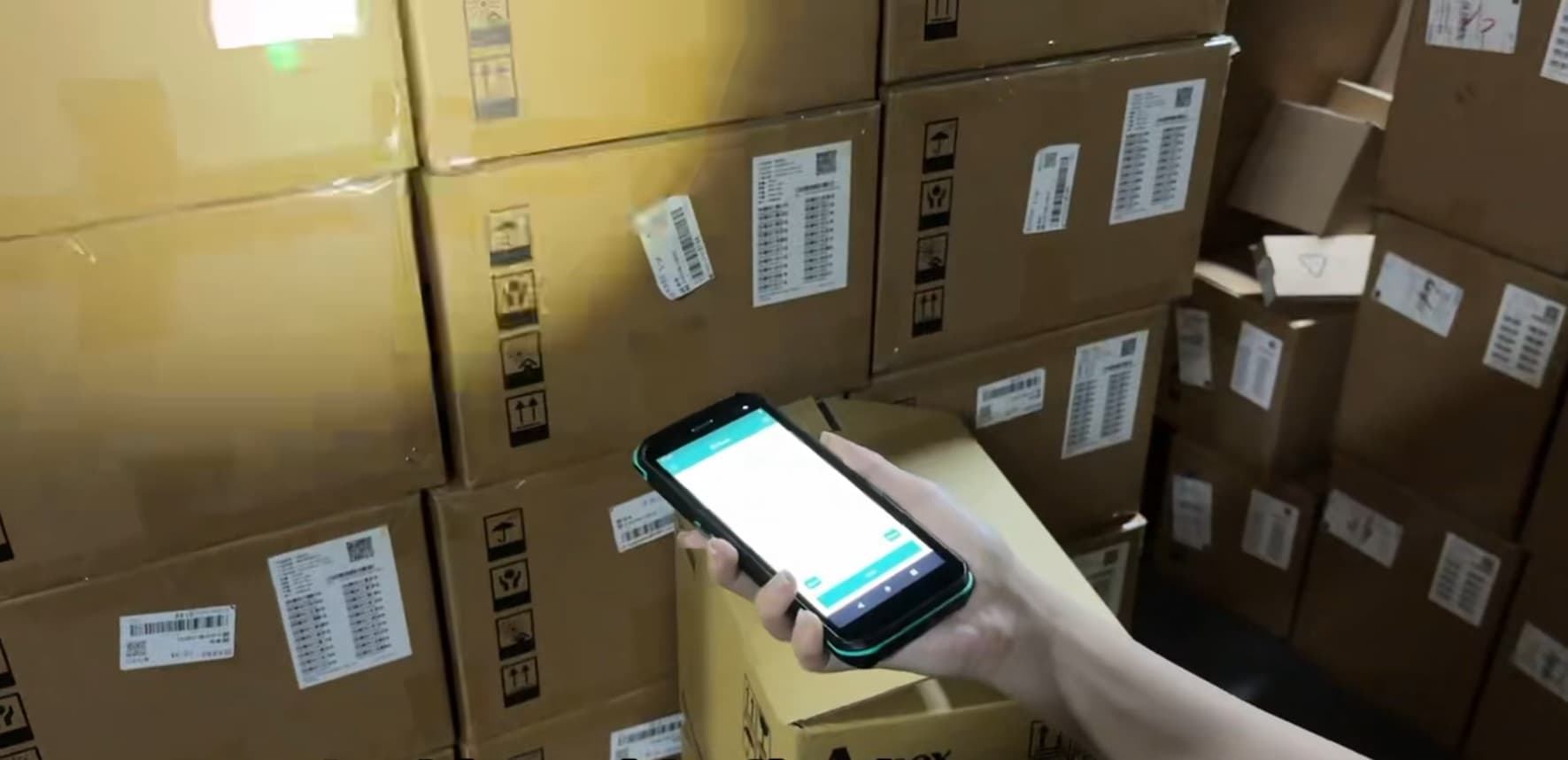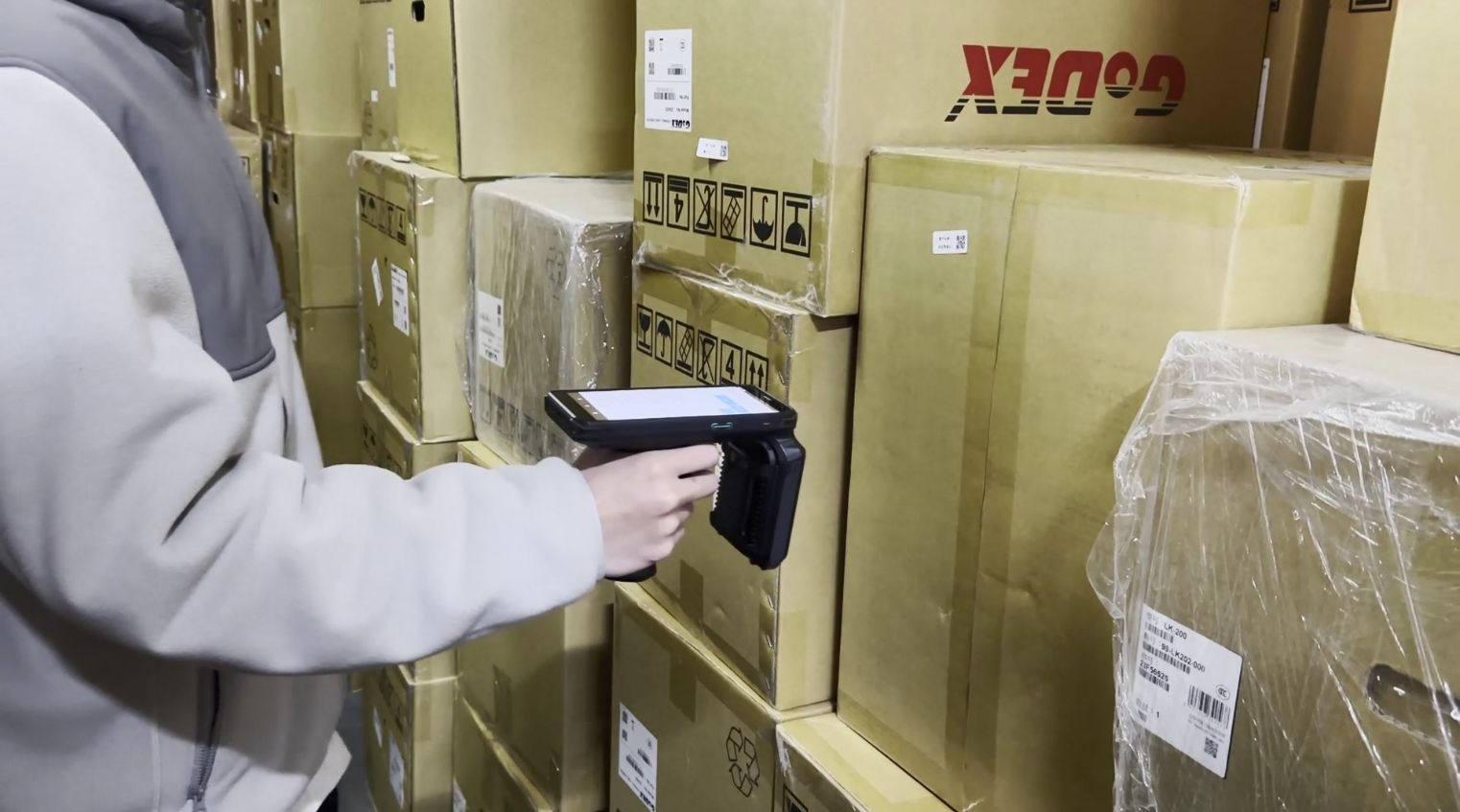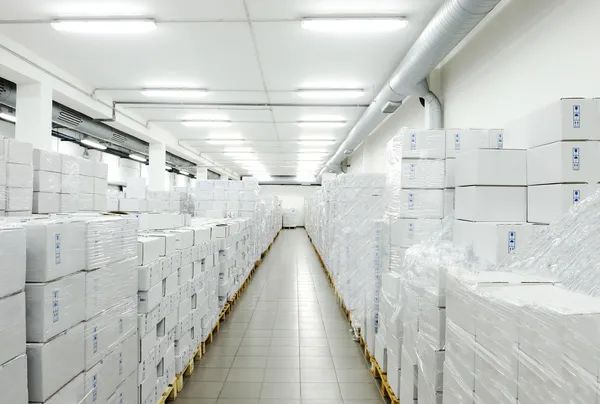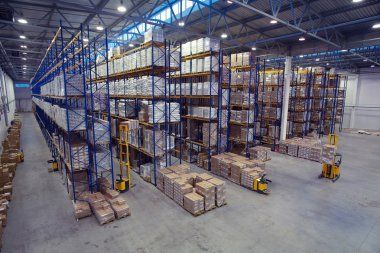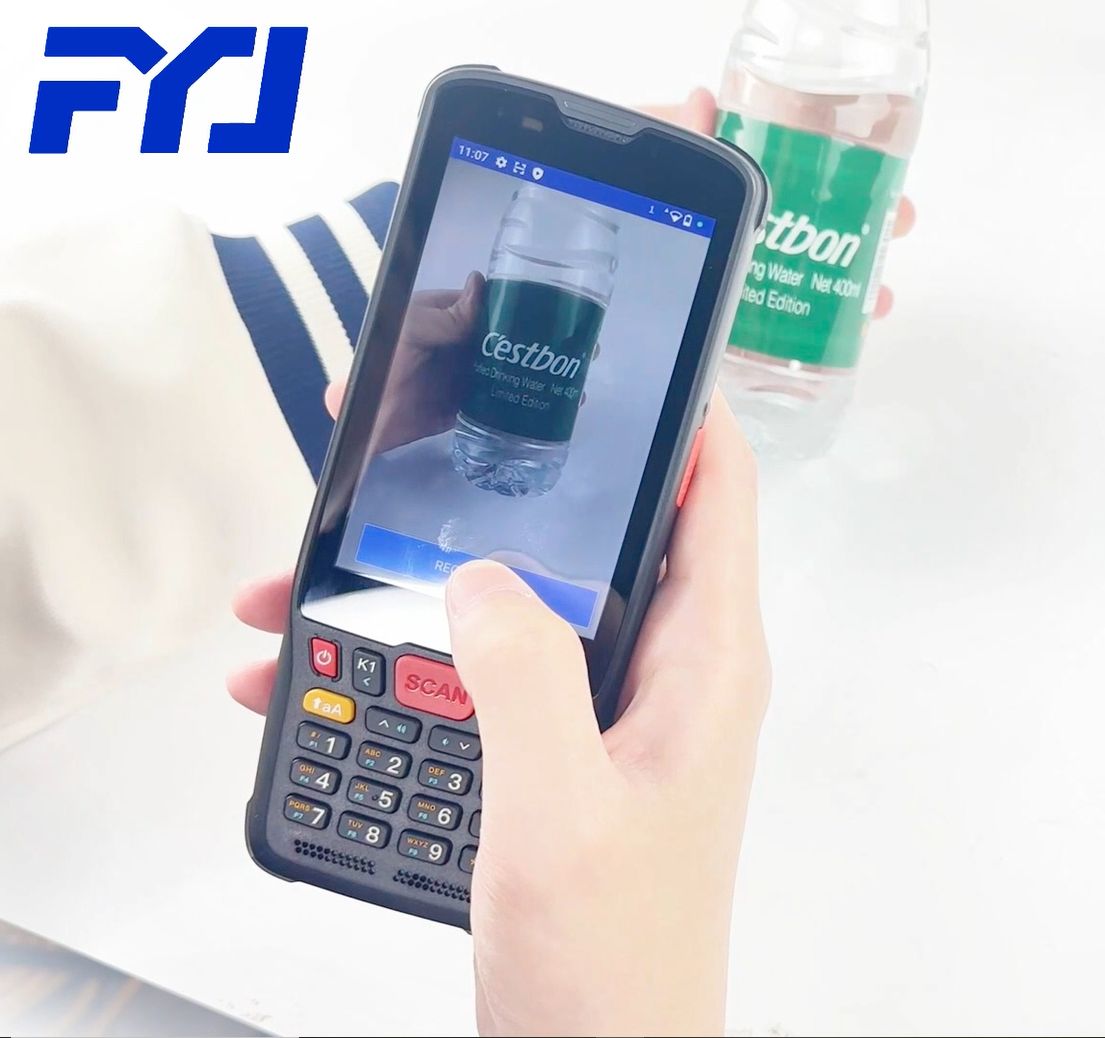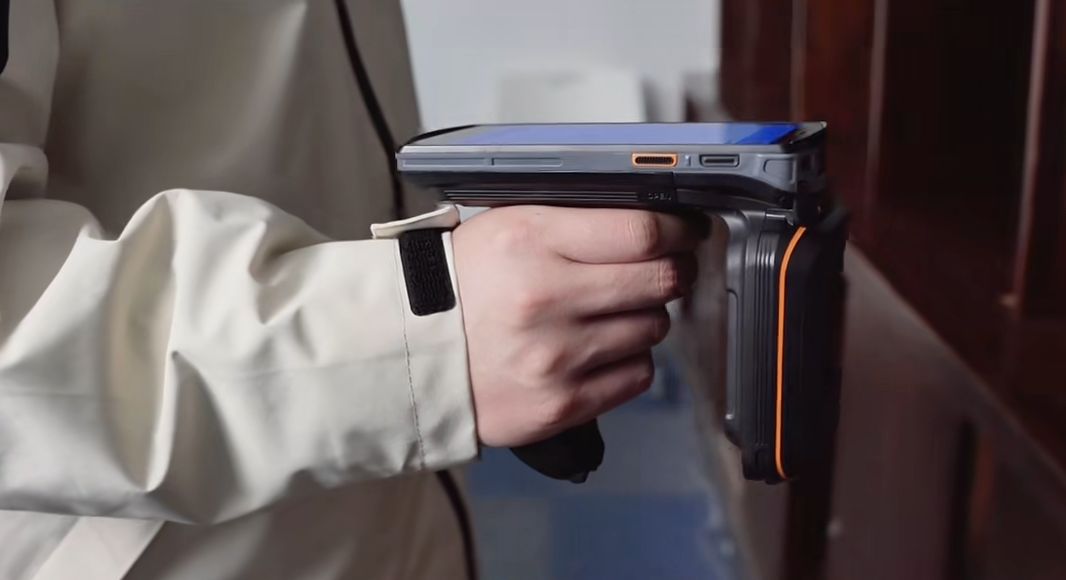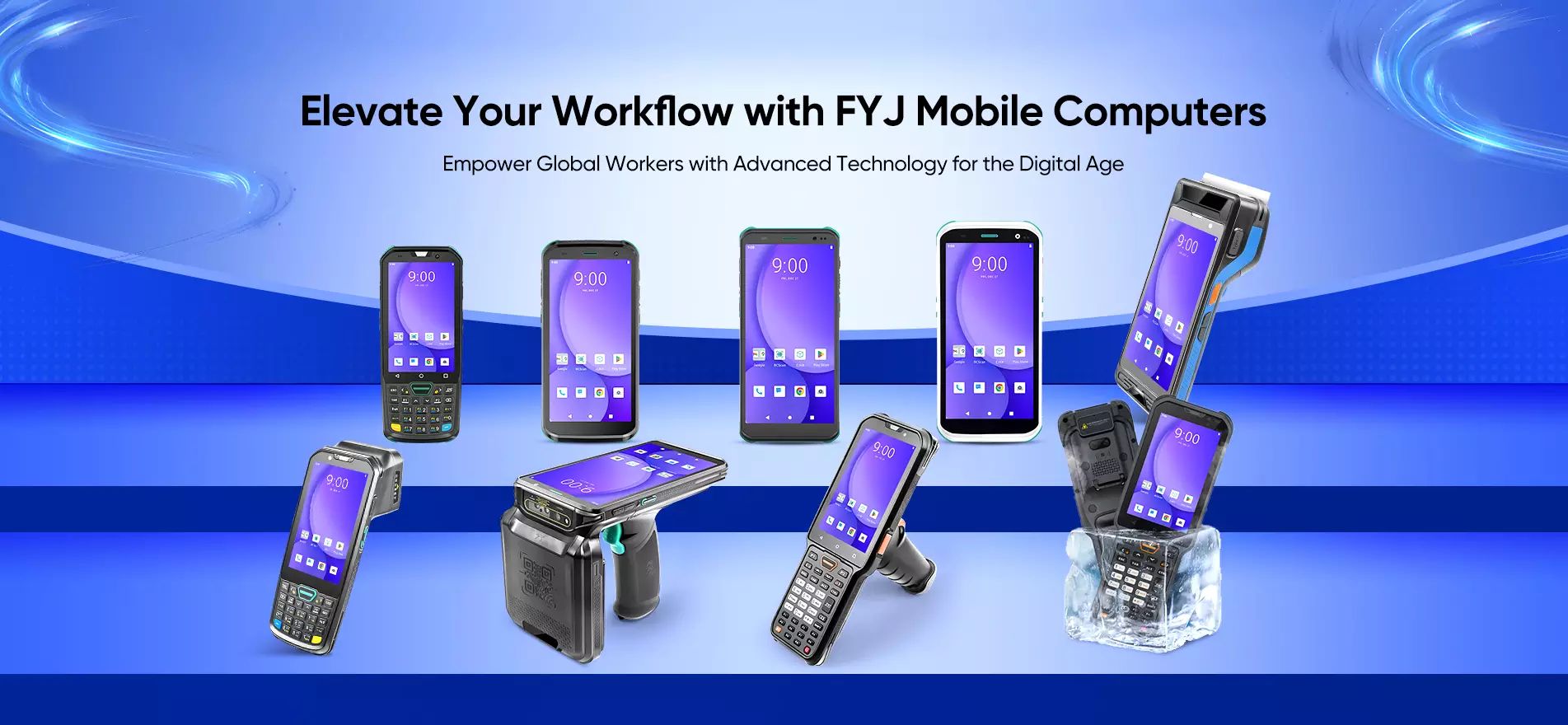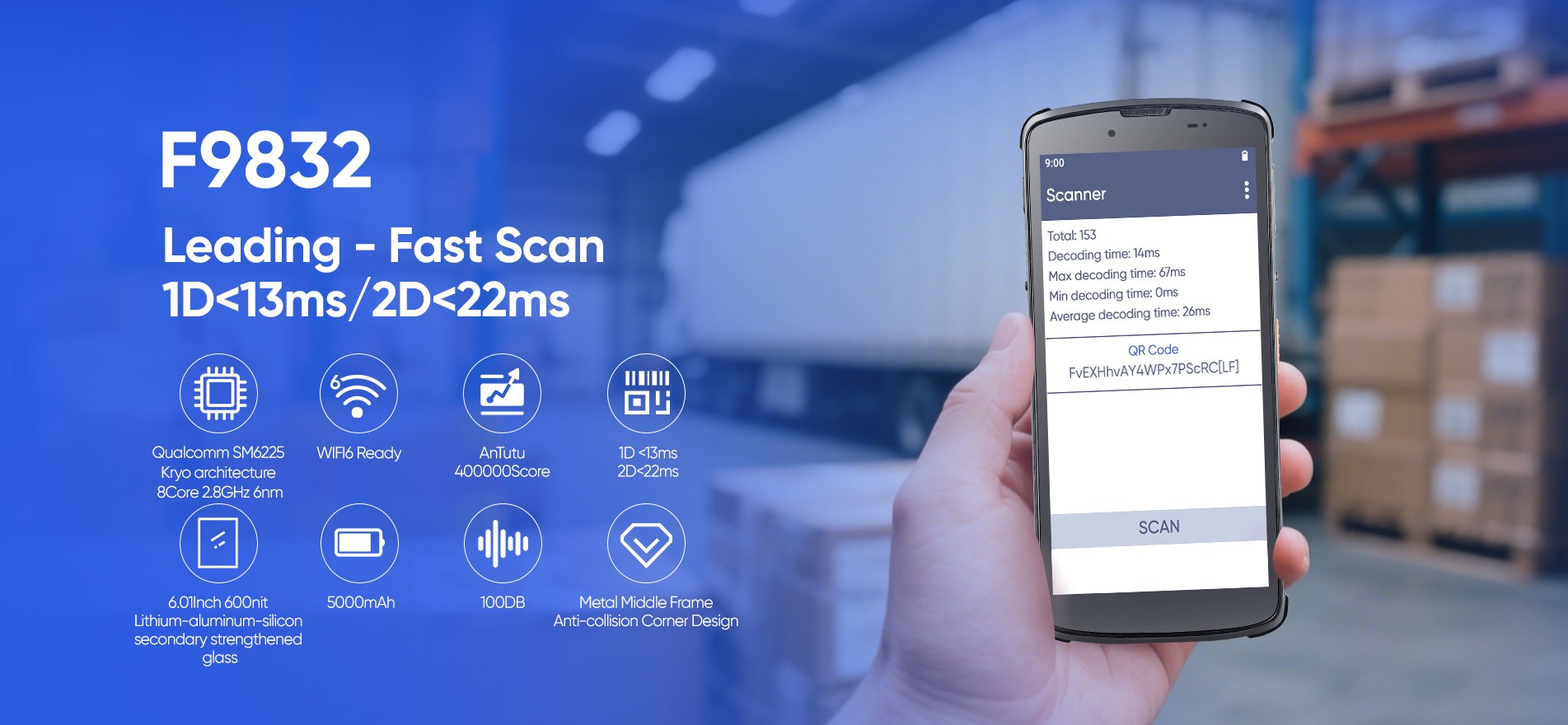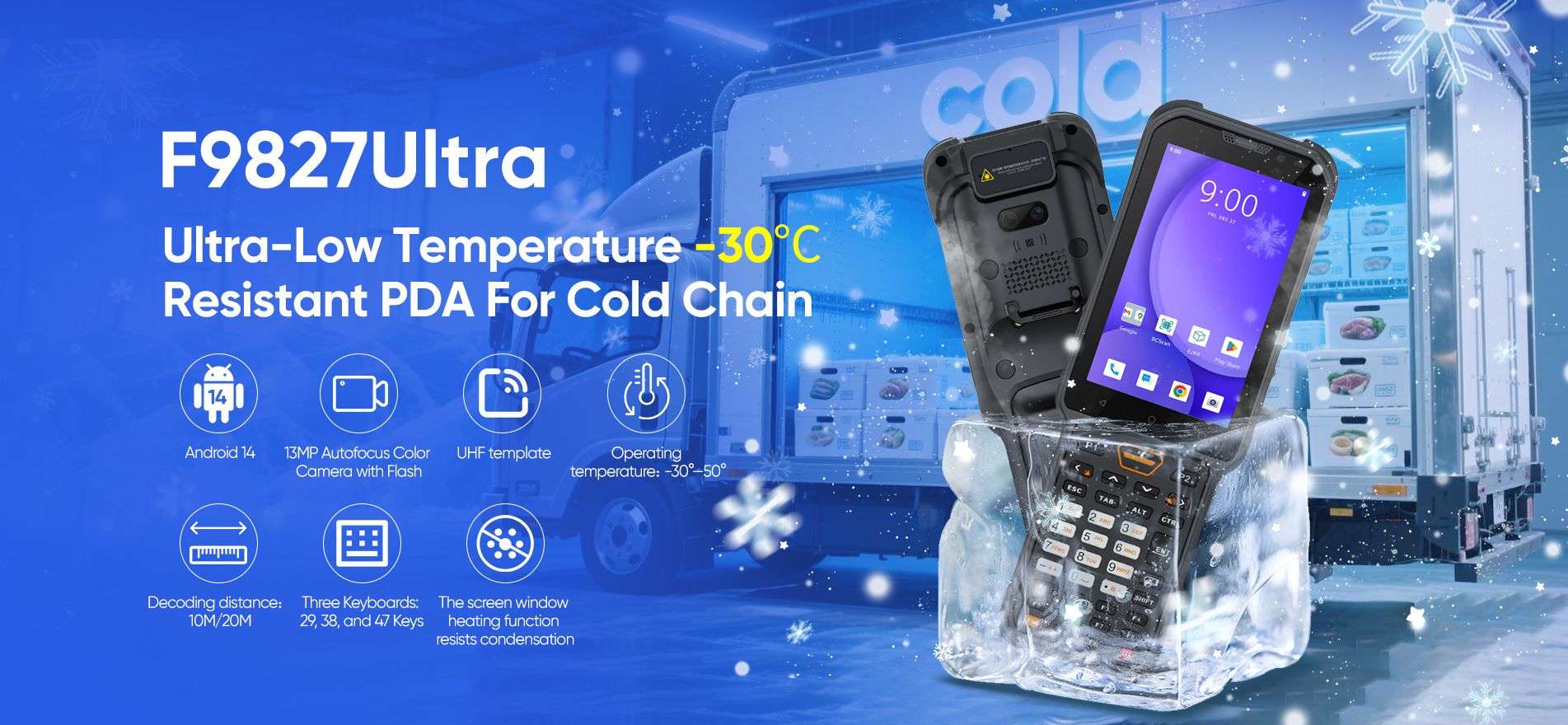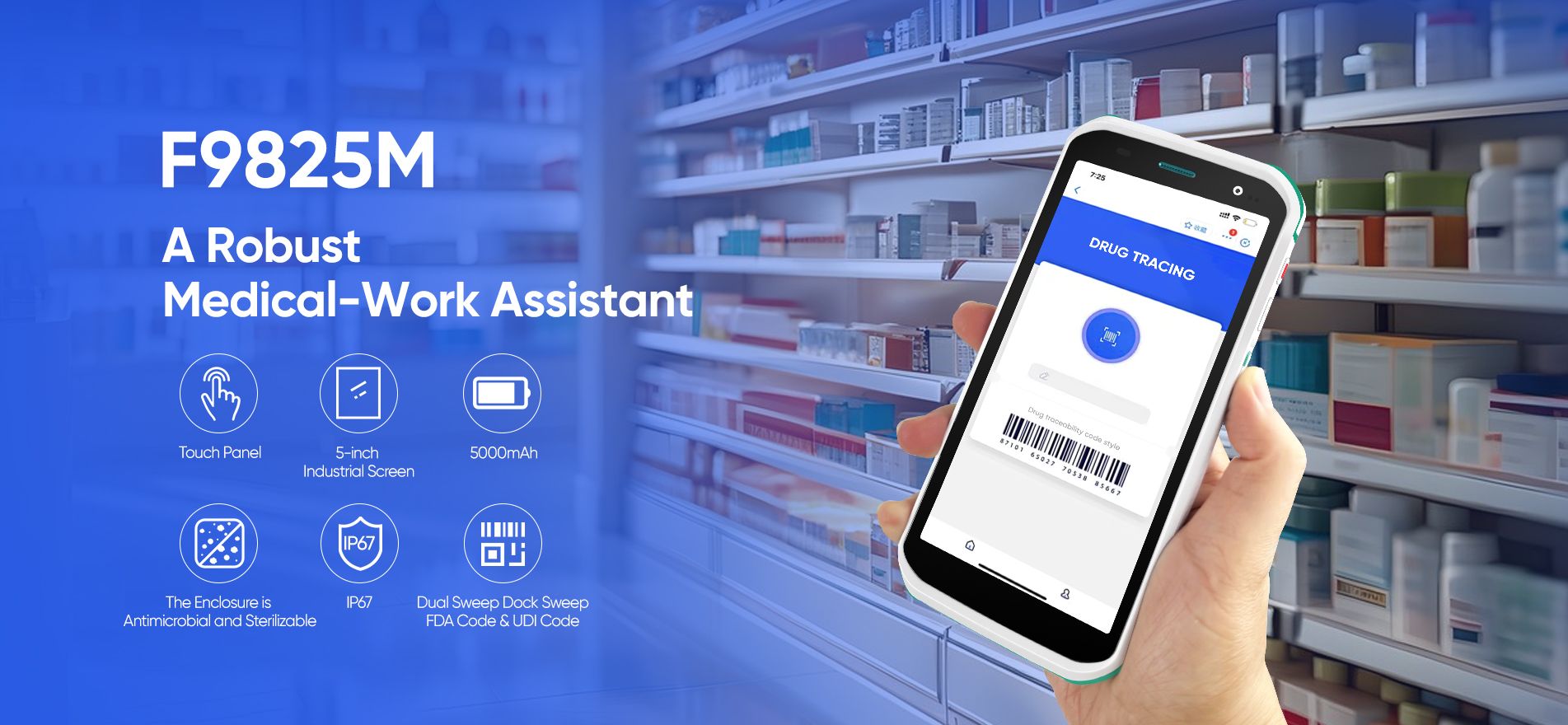Efficient application of RFID intelligent asset management solutions in the hotel industry!
May 29, 2025
RFID hotel industry fixed asset management solution
Visualize and intelligently manage hotel assets
01. Project Background
02. Customer Requirements
03. Solutions
04. On-site Deployment
05. Project Benefits
RFID Management Solution
As an industry-leading RFID solution service provider, our team focuses on tailoring RFID management solutions for various industries to help them achieve a leap in management efficiency.
This time, our team customized an RFID intelligent fixed asset management solution to address the problems of asset loss, untimely maintenance, inadequate management, and unclear responsibilities in the hotel industry's asset management, enabling the hotel industry to manage fixed assets efficiently and easily.
···
Project Background
Project name:Hotel fixed asset management
Product category:construction work
Project address:Chengdu, Sichuan
Customer needs
1. Low inventory efficiency: Hotel assets (including guest room furniture, electrical equipment, dining utensils, fitness and entertainment facilities, etc.) are numerous and scattered, ranging from guest room floors to restaurants, lobbies, logistics areas and other corners. Manual inventory consumes a lot of manpower and time, and labor costs are high.
2. High asset loss: Low-value assets such as linens and disposable utensils are frequently used and cannot be tracked in real time, resulting in loss.
3. Inaccurate asset information: Manual records alone result in many errors and many discrepancies between asset accounts and actual assets.
4. Untimely asset maintenance: High-value equipment such as air conditioners, elevators and kitchen equipment cannot be maintained in a timely manner, and only repairs are performed when they fail, resulting in high maintenance costs. 5. Repeated asset purchase: The actual inventory of furniture or electrical appliances is unclear, and there are many repeated purchases, resulting in a waste of funds.
5. Repeated asset purchase: The actual inventory of furniture or electrical appliances is unclear, and there are many repeated purchases, resulting in a waste of funds.
Our team tailors solutions based on customer needs, allowing customers to manage hotel assets throughout their life cycle. Through this solution, customers can achieve real-time monitoring of hotel assets while improving management efficiency, reducing operating costs, enhancing security, and optimizing resource allocation.
Solution
In response to the customer's hotel asset management pain points, we provide them with the following RFID smart asset management solutions for the hotel industry:
Comprehensive asset visualization: The RFID fixed asset management system covers the entire asset management process from procurement to scrapping, realizes asset data visualization, and avoids asset waste.
Dynamic real-time tracking and early warning: RFID tags are bound to assets with a code to achieve accurate asset positioning, status monitoring (such as the usage status of air conditioners, elevators and kitchen equipment), and full-process tracking, timely early warning and maintenance arrangements.
Efficient and intelligent batch inventory: Combined with RFID handheld devices, batch inventory of assets can be realized, and guest room items can be quickly checked, improving inventory and check-out efficiency.
In addition, our RFID intelligent fixed asset management solution also provides management functions such as asset registration, asset classification, asset query, asset audit, asset depreciation and scrapping, data analysis and reporting, multi-department collaboration and authority management, helping the hotel industry to manage assets in an integrated manner.
On-site deployment
We provide two methods: on-site deployment and remote deployment. Customers can choose according to their needs. This time the customer chose remote deployment:
1.Remote assistance and installation
Based on the precise definition of the management scope based on the distribution of hotel assets, our technical team provides remote deployment support to ensure the smooth completion of hardware installation and system debugging.
2.Demonstration and explanation of use
Through video operation demonstrations,
the system and hardware usage process is explained in detail to ensure that managers can quickly understand and master RFID software and hardware operations.
3.One-to-one technical guidance
Provide one-on-one training and technical support to management and employees to ensure efficient application of systems and hardware.
4.Establish an online service system platform
After the deployment is completed, a 7*12 hours, 365-day online after-sales service system will be established to provide continuous technical support and answer questions.
Project Benefits
-Management efficiency increased by 120%-
-Inventory efficiency increased by 110%-
-Asset data accuracy increased by 99.9%--Asset loss rate decreased by 80%-
-Annual asset loss rate decreased by 60%-
Through the RFID intelligent fixed asset management solution and RFID reader, the hotel can achieve full life cycle management of assets, maximize the service life of equipment, and reduce maintenance costs.
At the same time, it also improves inventory efficiency, allowing work that takes several hours to be completed in a short time. Accurate asset data helps the hotel management optimize resource allocation, reduce operating costs, and achieve sustainable development
The RFID hotel industry intelligent fixed asset management solution not only enables the hotel industry's fixed asset management to achieve visual intelligent management, thereby improving both efficiency and accuracy, but also builds a transparent and traceable asset management system, opening a new era of intelligent asset management in the hotel industry!
-end-
Read More
